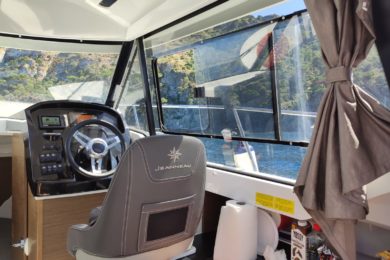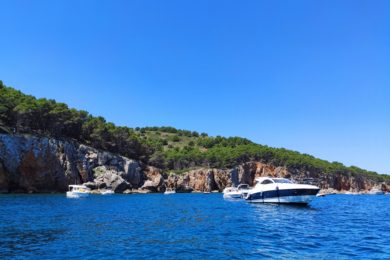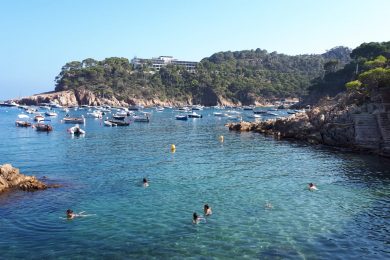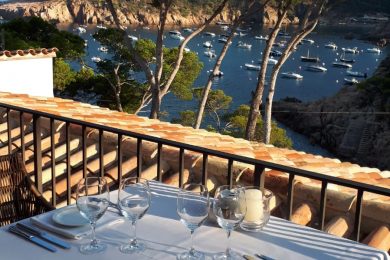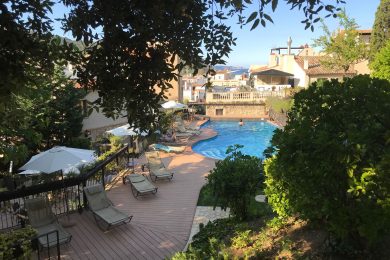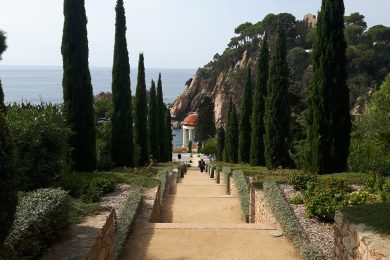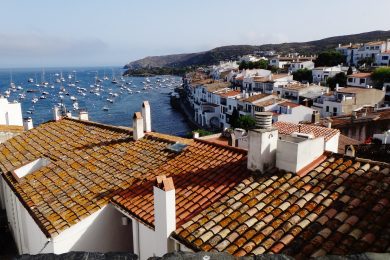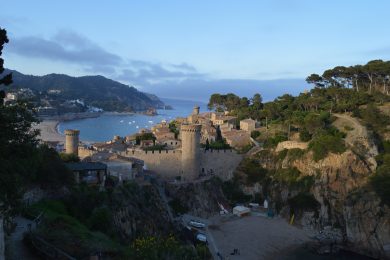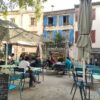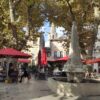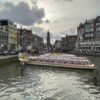If you like to see ancient ruins, one of the cities to visit in Provence is Arles. This city on the banks of the Rhône, where Van Gogh also lived for a time, is another city full of memories of the Roman era, which together with the medieval centre forms a UNESCO World Heritage Site.
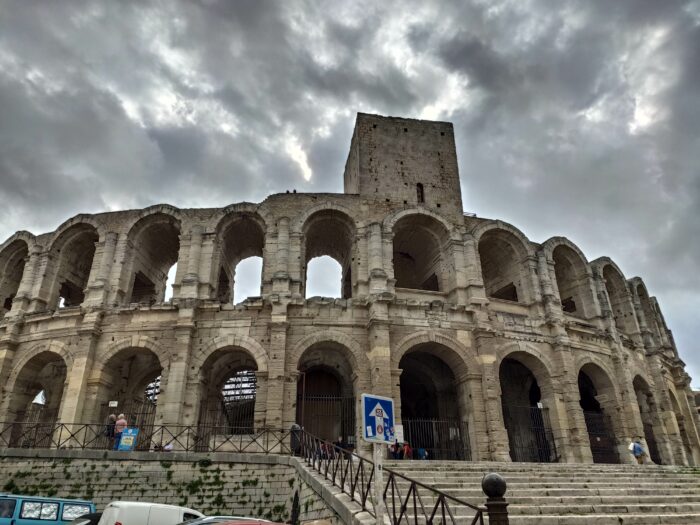
ARLES
Flirtatious Arles is one of the main gateways to the Provence region, located in southeastern France. Arles, due to its central position, is an excellent base for excursions such as this complete tour of Provence.
During 1888 and part of 1889 Vincent Van Gogh lived in Arles, a period where his mental ghosts tormented him more than ever but in which his moments of calm were used to paint some of his most remembered works.
His stay in this small town in French Provence lasted little more than a year, but the Dutch artist embarked on a feverish creative journey that led him to create more than 300 paintings and drawings, among them the famous The Sunflowers, as well as Terrace Café at Night, Café La Nuit and the Yellow House.
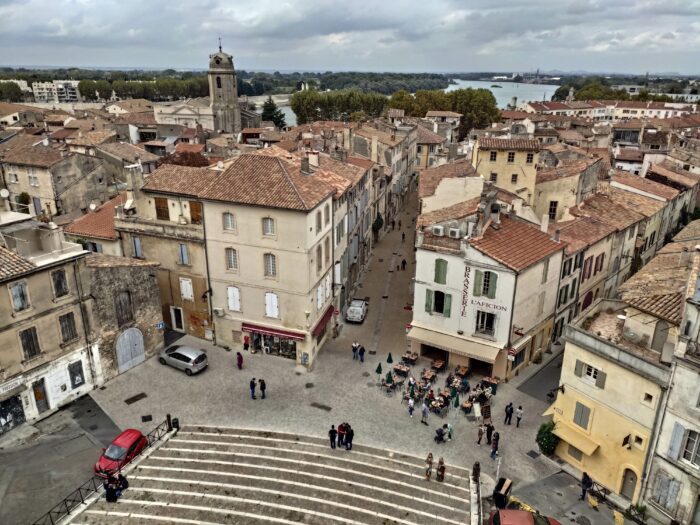
WHAT TO SEE
Check here the combined tickets, I bought the “Pass Liberté” and I visited all the monuments in one day for only 12€.
- The amphitheater of Arles, better known as “Arènes”, is the most important Roman monument of the UNESCO-protected site of the city. It was built around 80 A.D. and it is estimated that in those days it could accommodate about 21,000 spectators. With a length of 136 m, the Arles Sands are among the twenty largest amphitheaters of the Roman world. Today it often hosts bullfighting spectacles, as well as plays, concerts, etc.
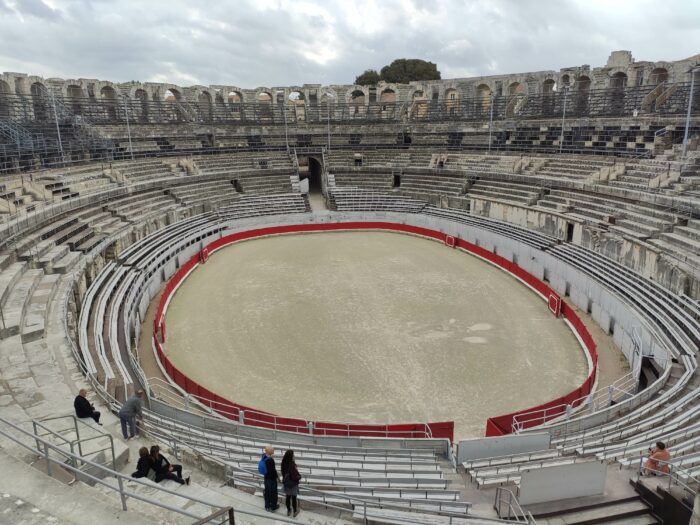
- The cathédrale Saint-Trophime lost its cathedral status more than two centuries ago, but is still treated as such and is the most important religious building in the city. Both the church and its cloister are included in the Romanesque and Romanesque ensemble protected by UNESCO (free entry).
- The cloister of the church of St. Trophimus deserves a separate mention. The cloître Saint Trophime began to be built around 1150, although it was not completed until the end of the 14th century. The slow progress in the works resulted in a peculiar combination of styles: Romanesque in the north and east galleries, and Gothic in the south and west galleries. Highlights of the visit: the rich iconography of the pillars, the adjoining rooms and the walk through the upper floor.
- From the town hall you can access the Cryptoportiques, a structure of galleries that supported the forum by overcoming the existing unevenness. It is believed that the cryptoportiques of Arles were built not long after the Roman colony itself, around 46 B.C.
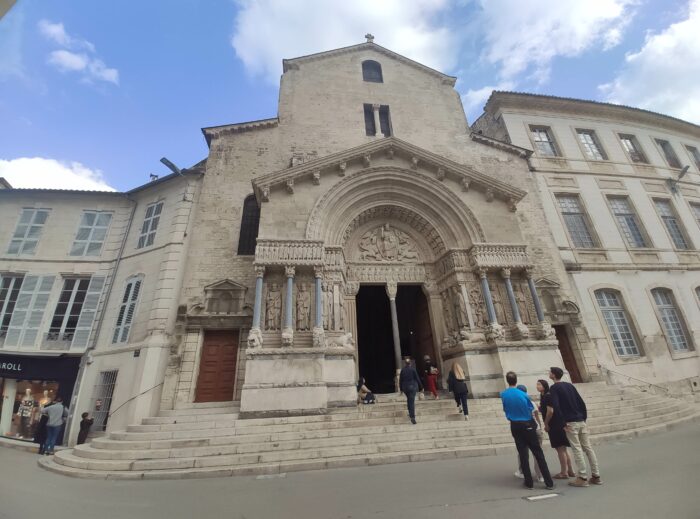
- The ancient theater of Arles was built around 46 BC, in the early days of the Roman Arelate. At that time about 10,000 people could enjoy comedies, tragedies, etc., although little is really known about the origins of the theater, as it was fortified in the Middle Ages and later abandoned and looted. In 1651, the famous Venus of Arles, one of the masterpieces of the Louvre, was found there.
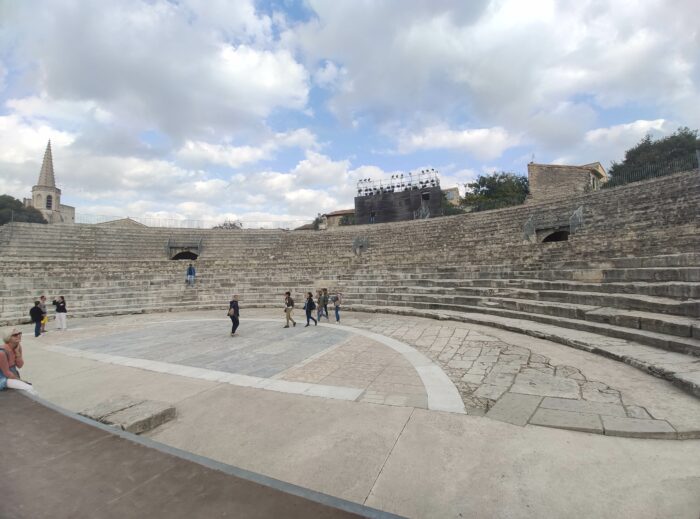
- To the north of the historic center, very close to the Rhone, are the Baths of Constantine, built in the 4th century. At that time, the city lived a period of splendor under the rule of Constantine the Great, who took Arles as one of his imperial residences and convened the first Council of Arles there.
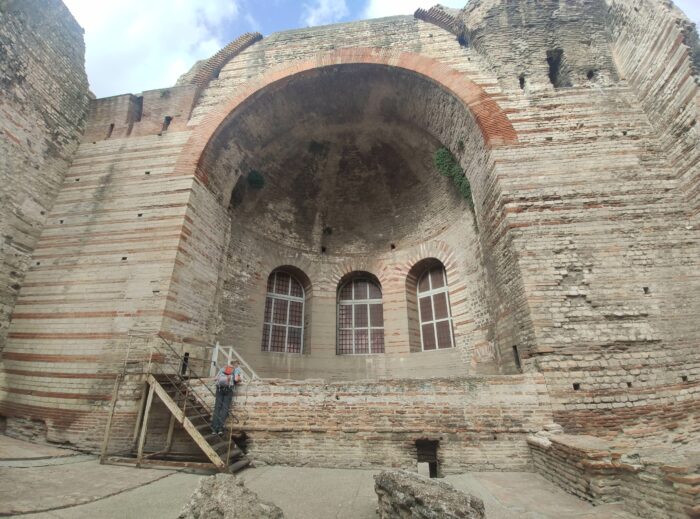
- Although it was originally just a small square in front of the church of St. Trophimus, after the construction of the Hôtel de ville (town hall) and its clock tower in the seventeenth century, the Place de la République acquired its current appearance of Italian-style square. In addition to the aforementioned monuments, the square features the Gothic façade of the church of Sainte-Anne (17th century) and, above all, the 20-meter Roman obelisk (4th century), recovered from the Circus of Arles. The circus was located south of the city, but today only a wasteland remains next to the Departmental Museum.
WHERE TO EAT
- The Chardon
- Les Piques ou Rien
- Le Criquet
- Le Gueule du Loup

AROUND ARLES
- Saint-Rémy-de-Provence (25 km)
- Nimes, Roman city (32 km)
- Avignon, papal city (38 km)
- Orange, Roman city (70 km)

